Gold price waits for rates clues from Jackson Hole
Political turmoil in the US has the potential to 'help gold in the short and longer term'
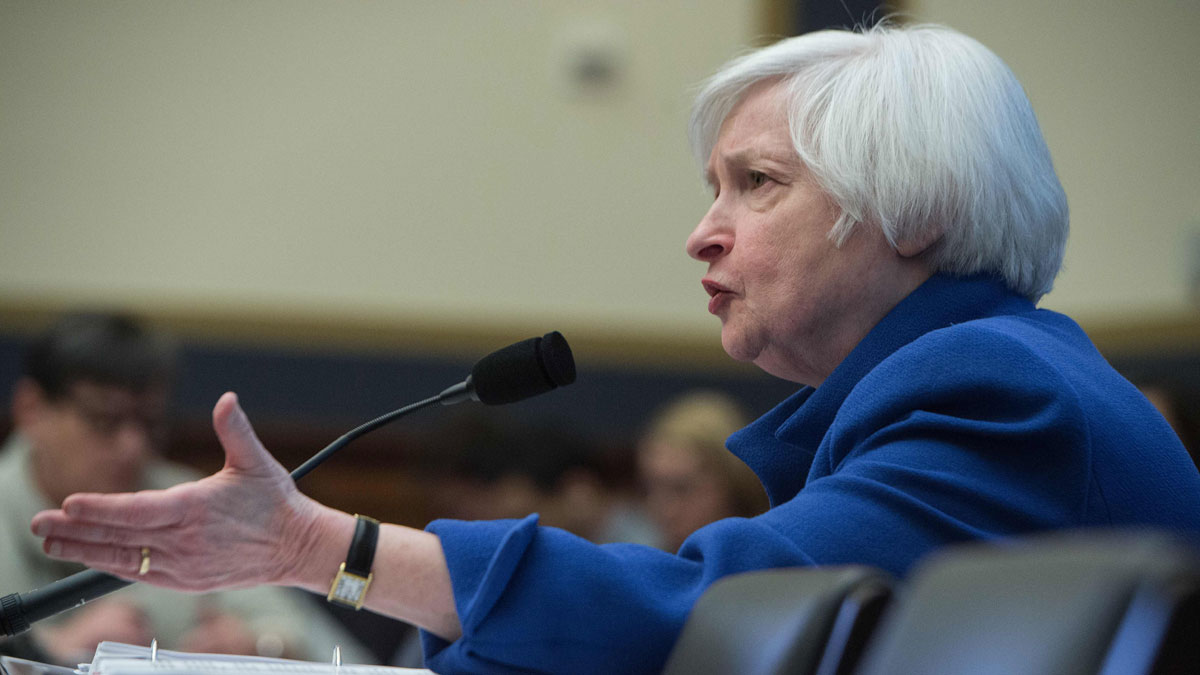
Gold hits two-week high and could rise to $1,275 - or fall to $1,190
6 June
The gold price has broken out of a protracted slump and rose overnight to its highest level in two weeks after a weak US jobs report shocked markets.
Positive readings in recent weeks on everything from industrial production to consumer spending had given rise to speculation that US rates could this month be hiked for only the second time since the financial crisis.
The Week
Escape your echo chamber. Get the facts behind the news, plus analysis from multiple perspectives.

Sign up for The Week's Free Newsletters
From our morning news briefing to a weekly Good News Newsletter, get the best of The Week delivered directly to your inbox.
From our morning news briefing to a weekly Good News Newsletter, get the best of The Week delivered directly to your inbox.
This was supported by hawkish comments by a number of Federal Reserve rate-setters, including chair Janet Yellen, who singled out labour market statistics as key in determining the central bank's stance.
There was, therefore, intense focus on Friday's jobs report, which was expected to be robust after months of employment expansion.
In the event, though, the figures were hugely disappointing. At a meagre 38,000, not only was the number of new roles created in May the lowest for five and a half years, but the figures in previous months were also revised lower.
Chances of a rates hike in June, as implied by market bets on federal fund futures, have fallen to near zero. The dollar slumped to its worst one-day fall since December.
A free daily email with the biggest news stories of the day – and the best features from TheWeek.com
Both of these movements support higher gold, which carries a heavy opportunity cost when rates are rising and which is cheaper for overseas investors when the dollar is low. Gold is also traded as a currency and so moves inverse to the dollar in general.
Gold's spot price rose 2.8 per cent on Friday, its biggest one-day gain since February, and it hit $1,248 an ounce overnight in the Monday Asian trading session, the highest since 24 May. It was slightly lower at $1,240 at around 11.30am in London today.
Where will gold go now? If expectations of no rates rise this month are borne out, then it could surge as high as $1,275 in the short term, INTL FCStone analyst Edward Meir told Reuters. But, he adds, it is unlikely to return to its May high of $1,300 and could even dip.
This is based on the fact that the macro picture for the US economy remains strong and that a rates rise in July cannot yet be ruled out, especially as the jobless rate remains under the full-employment estimate of five per cent – it fell to 4.7 per cent in May.
"Payroll employment growth will rebound noticeably in June, the jobless rate will hold well under 5 per cent, and the Fed will hike rates in July," JPMorgan economist Robert Mellman told the Financial Times.
Gold price dips below $1,200 - is the rally now over?
31 May
Gold's prolonged winning streak came to an abrupt end this month.
The yellow metal has been by far the standout performer in a volatile four months for markets. By the end of April, it was up 21 per cent to above $1,260 an ounce, says the Daily Telegraph, and as recently as 2 May, it hit an intraday high in excess of $1,300.
But things have changed markedly over the past ten or so days.
In its ninth consecutive losing session, gold dipped below $1,200 overnight for the first time since mid-February, before recovering slightly. The spot price was down 0.3 per cent at a little more than $1,210 in London at 10.30am today.
This all coincides with increased speculation on a second rates rise in the US, after a tentative first move back in December.
Minutes from April's meeting of the Federal Reserve Open Markets Committee, which saw a near-unanimous vote to hold borrowing costs, revealed a majority of rate-setters could support a hike as soon as June. This has been backed since by hawkish comments from a number of panel members, including, most recently, Janet Yellen on Friday.
Following positive reports on US inflation, consumer spending, industrial production and overall economic growth, the Fed chair said that if improvements continue – "and I expect those things to occur" – another rates rise "in the coming months… would be appropriate".
If rates rise, the opportunity cost of holding non-yielding gold increases, while a rise in the dollar that tends to follow would make the metal more expensive overseas and weigh on demand. Also, as a hike would reflect positive economic performance, it could also be accompanied by rise in appetite for riskier assets, building on the stock market rally of recent weeks.
Hedge funds and other money managers last week cut bullish bets on gold to the lowest in almost two months, Reuters reports. This mirrors a similar move in November, ahead of the last rates hike, which presaged a sharp drop in the metal from $1,200 to $1,050 an ounce, Commerzbank analysts noted.
There are still those betting on gold gains in the weeks ahead, however. "The potential for hedging ahead of the UK's referendum on EU membership" next month could help gold return to $1,300, James Steel, the chief precious metals analyst at HSBC, told the Telegraph.
Gold price hits seven-week high as dollar dips
29 April
The price of gold hit a seven-week high this morning, with spot touching $1,280.60 per ounce. By 12.30pm UK time, spot gold was at $1,277.61, up nine per cent on its last close, while US gold futures for June delivery were up $13.60 at $1,280.00.
For the week, gold is up 3.5 per cent, its best performance since early February. Silver, meanwhile, went from strength to strength, reaching its highest price since January 2015 this morning.
Investors are flocking to the precious metal because of a much weaker dollar and the poor performance of stock markets. Gold is priced in dollars, so a weak dollar makes it a more attractive investment to non-US buyers. It is also seen as a 'safe haven' investment when stock markets are volatile.
The Bank of Japan's decision yesterday not to expand its monetary stimulus programme led to a downturn on the stock markets today, according to Reuters, giving gold a boost.
The US Federal Reserve's decision on Wednesday not to change interest rates – and its failure to spell out when it might raise them – has also pushed investors towards the precious metal, says Reuters.
Naeem Aslam of Ava Trade suggested the significant milestone of $1,300 per ounce could be just around the corner. He said: "Investors' confidence is in jeopardy after the Bank of Japan's decision, and further fuel has been added by US corporate earnings.
"The FOMC [Fed] statement released earlier has not supported sentiment, and all these elements have added to one thing – risk-off trade. Hence we are experiencing this surge in the gold price. The next level of 1,300 is very much reality now."
According to the Wall Street Journal, one "cloud on the horizon" for the precious metal is the "weak demand landscape" in Asia. China's gold consumption fell 3.9 per cent year-over-year to 318.3 tons in the first quarter of this year, says the newspaper.
Gold price slips ahead of US Federal Reserve meeting
26 April
The price of gold has fallen, with investors becoming jittery ahead of a meeting of the US Federal Reserve rate-setting committee later today.
At 9.30am UK time, spot gold was down $3.70 on yesterday's closing price, hitting $1,233.30 per ounce. There was little movement on silver, at $16.96 an ounce. Traders are awaiting "clearer signals" from the Fed, saus Bloomberg.
While most investors do not believe a rate hike will be announced after the Federal Open Market Committee (FOMC) meeting today, many will look closely at its statement for any clues of a future rise.
James Steel, of HSBC, said: "No rate hike this week would be positive, but since this eventuality is already widely anticipated, according to the Fed futures, any support for bullion may be limited.
"The stronger the hint for a June hike by the FOMC, the more gold is likely to weaken. But declines may be limited if the Fed is only expected to hike rates twice this year. We believe this number of hikes is already priced in to the market."
The metal ended the US day session moderately higher yesterday, thanks to a "short-covering bounce in the futures market and bargain hunting in the cash market", Forbes reports.
The bounce was "corrective", adds the magazine, and was helped by a weaker US dollar. Gold is priced in dollars, so often enjoys a burst of investment when the dollar falls relative to other currencies.
Gold price dips but maintains its weekly gain
22 April
The price of gold slipped down again today after yesterday hitting a five-week high.
At 1.31pm UK time, prices had dropped 0.2 per cent to $1,247.26 an ounce - almost $25 lower than yesterday's $1,270.10. Silver rose 1.6 per cent to $17.26 an ounce.
Despite the fall, the price for the week is still 0.9 per cent up, continuing a buoyant trend. Silver is up six per cent this week and hit an 11-month high yesterday.
A weak dollar has helped gold to its best quarter in nearly 30 years. The precious metal is priced in dollars, making it more attractive to investors when the US currency falls.
It is also a traditional "safe haven" in troubled economic times - and the market volatility which has characterised 2016 so far has pushed the price higher as investors run for cover.
However, with stock markets seemingly out of the troubled waters of the first quarter, some analysts predict gold will soon start to lose value, says Bullion Vault.
"The gold rally is most under threat from the resurgence in investor risk appetite. The move in stocks to fresh 2016 highs, if the run continues, may rob gold of some of the oxygen it needs to continue to rally," HSBC said.
Goldman Sachs, meanwhile, believes the price has peaked, says Reuters.
"We continue to expect that the strengthening of the US labour market will force the Fed to hike rates three times this year, which will lead to a stronger dollar and a gradual increase in US real rates, pushing gold down," analysts said, in a note.
Looking at the medium term, MKS SA chief trader Afshin Nabavi said: "We are seeing people taking some profits after yesterday's sharp gains but we are likely to stay in the $1,225-$1,275 range for the time being."
-
 Elizabeth Gilbert chooses books about women overcoming difficulty
Elizabeth Gilbert chooses books about women overcoming difficultyThe Week Recommends The bestselling author shares works by Tove Jansson, Lauren Groff and Rayya Elias
-
 Turner & Constable: Rivals & Originals – a ‘thrilling’ exhibition
Turner & Constable: Rivals & Originals – a ‘thrilling’ exhibitionThe Week Recommends Celebration of two of the UK’s ‘greatest landscape painters’ at Tate Britain is a truly ‘absorbing’ experience
-
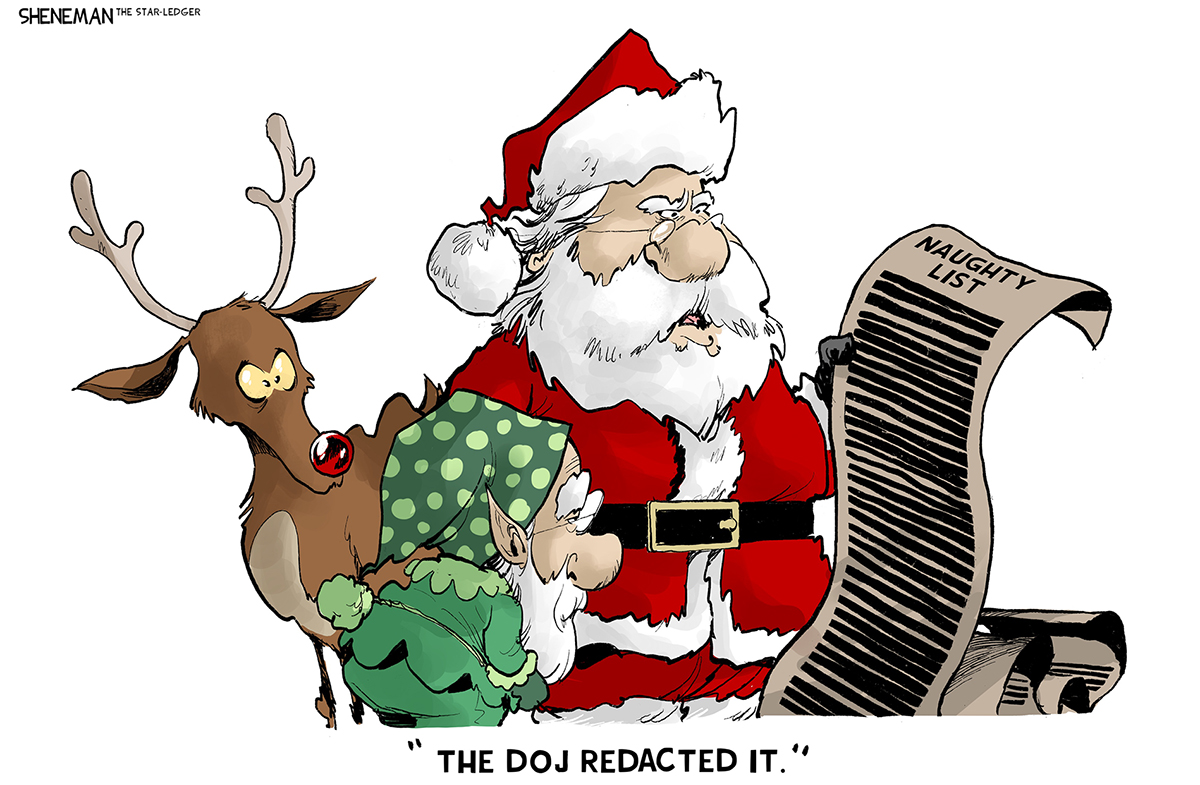 Political cartoons for December 5
Political cartoons for December 5Cartoons Friday’s political cartoons include DOJ censorship, bombing the New York Times, and more
-
 What a rising gold price says about the global economy
What a rising gold price says about the global economyThe Explainer Institutions, central banks and speculators drive record surge amid ‘loss of trust’ in bond markets and US dollar
-
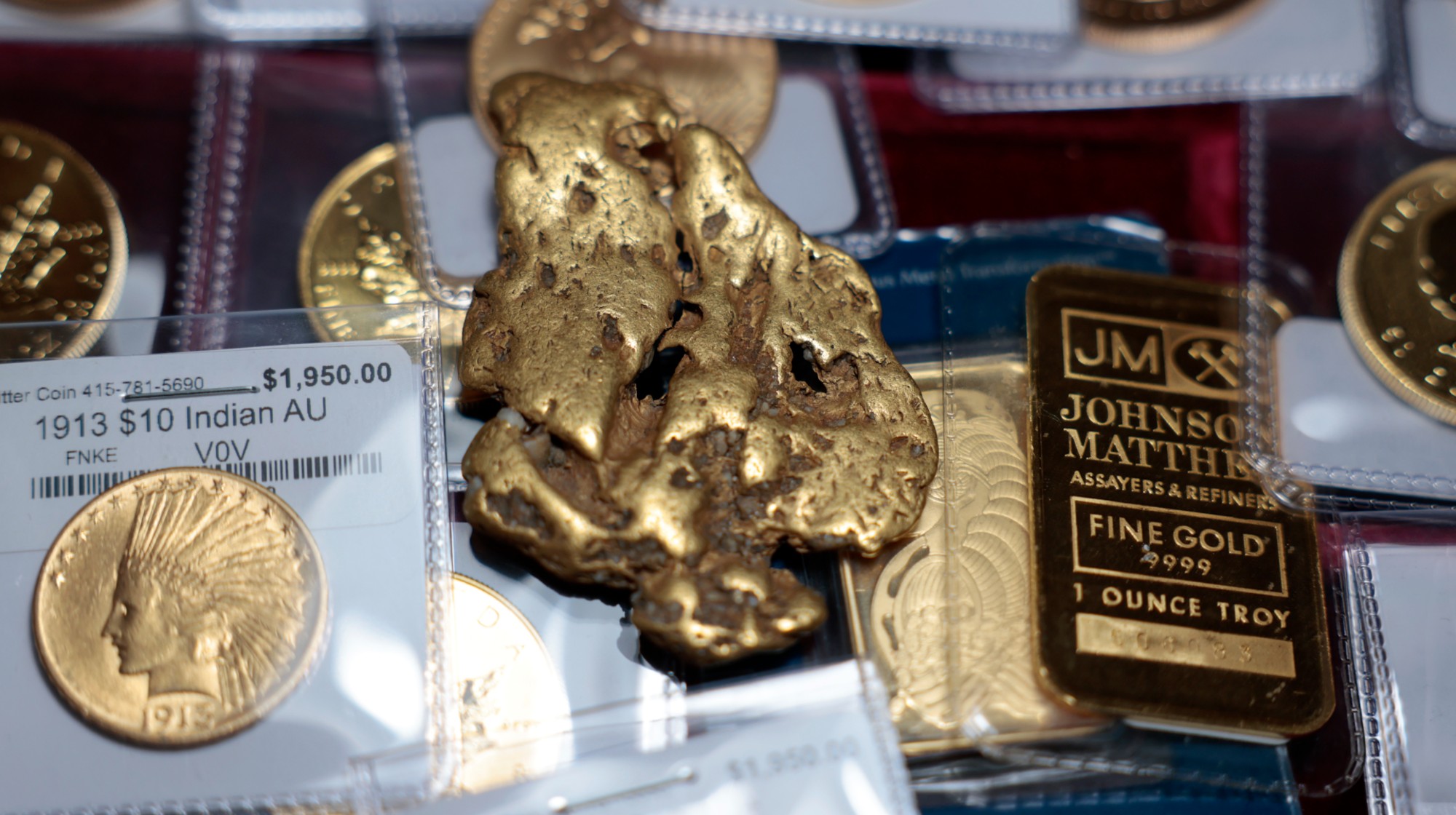 Gold tops $4K per ounce, signaling financial unease
Gold tops $4K per ounce, signaling financial uneaseSpeed Read Investors are worried about President Donald Trump’s trade war
-
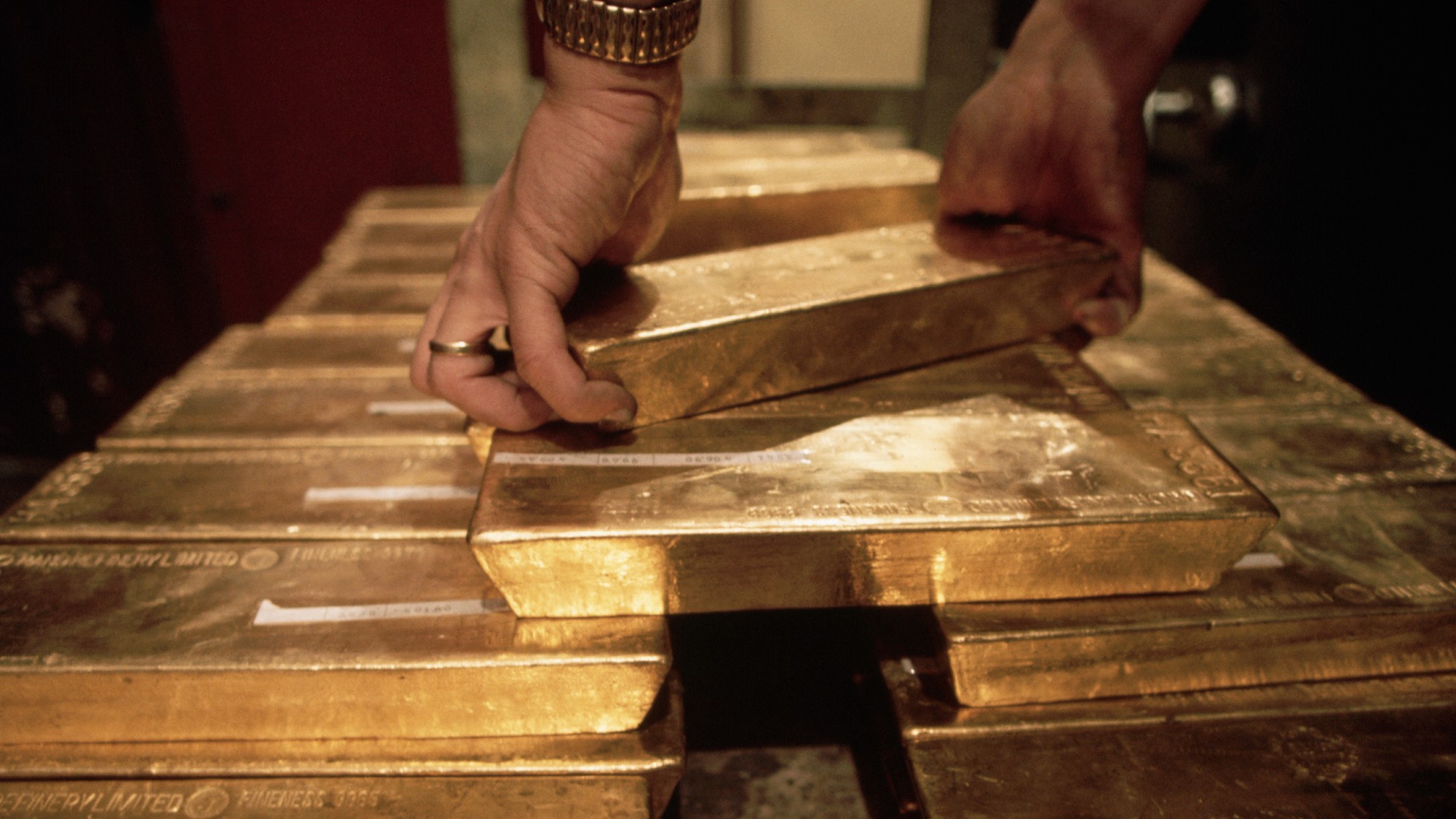 Safe harbor: Gold rises as stocks sink
Safe harbor: Gold rises as stocks sinkfeature It's a golden age for goldbugs
-
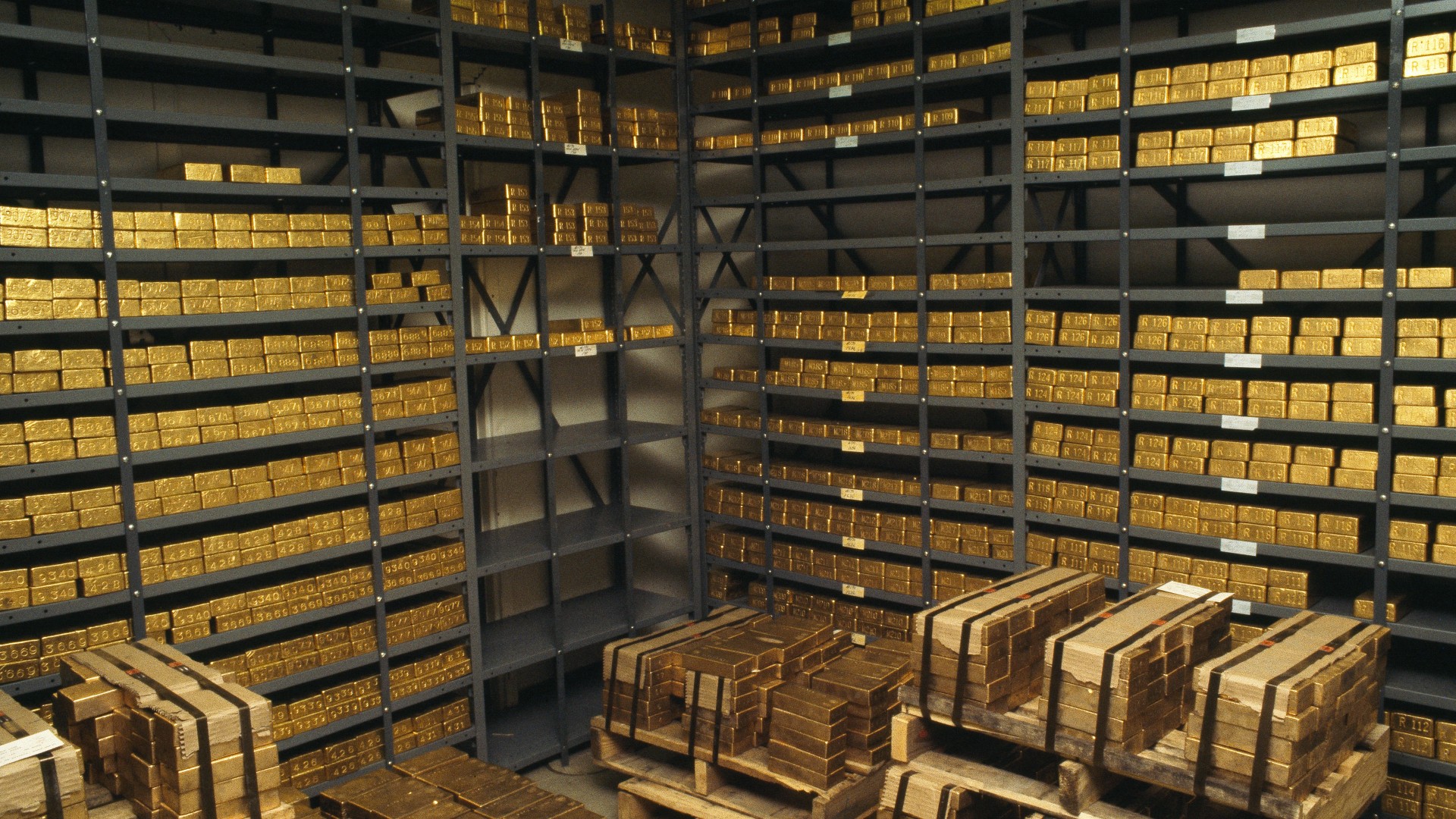 What rising gold prices can tell us about the economy in 2024
What rising gold prices can tell us about the economy in 2024The Explainer Market hits all-time high, boosted by a weakening US dollar and rising global tensions
-
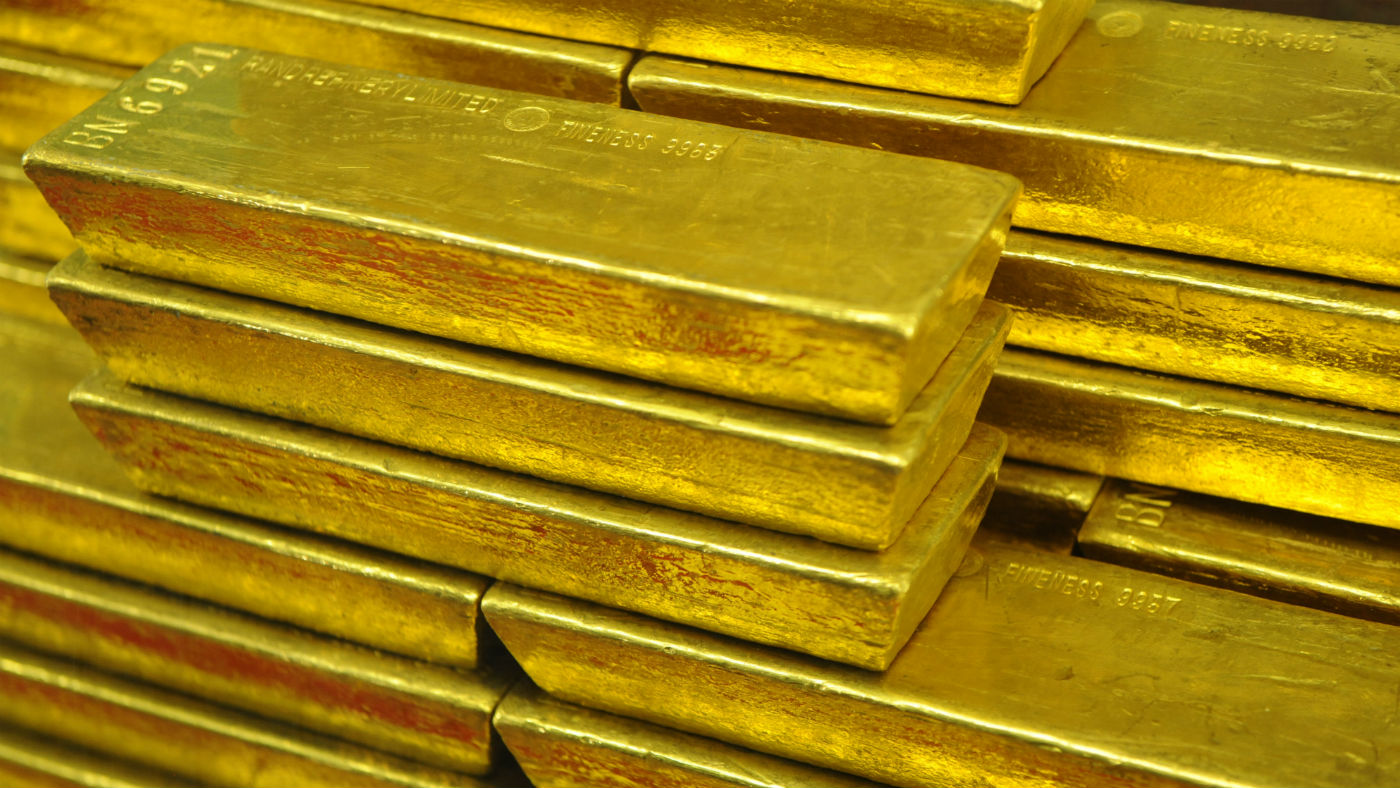 Gold’s ‘flash crash’: what the experts think
Gold’s ‘flash crash’: what the experts thinkfeature Bad news, good news and a loss of faith
-
 What is the price of gold and when is best to buy?
What is the price of gold and when is best to buy?Speed Read Economic and geopolitical uncertainty traditionally drives investors to reliable metal markets